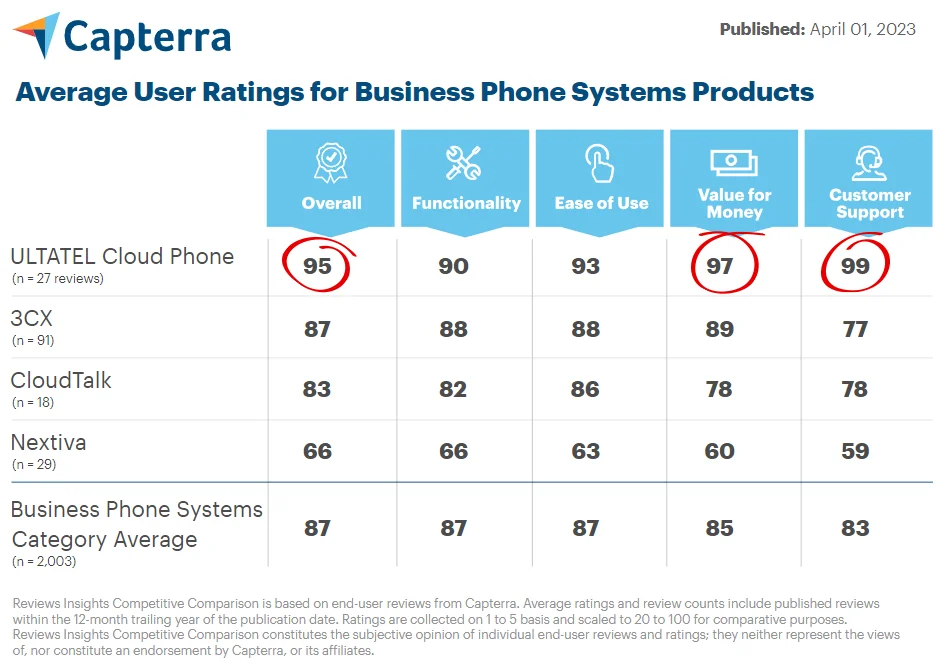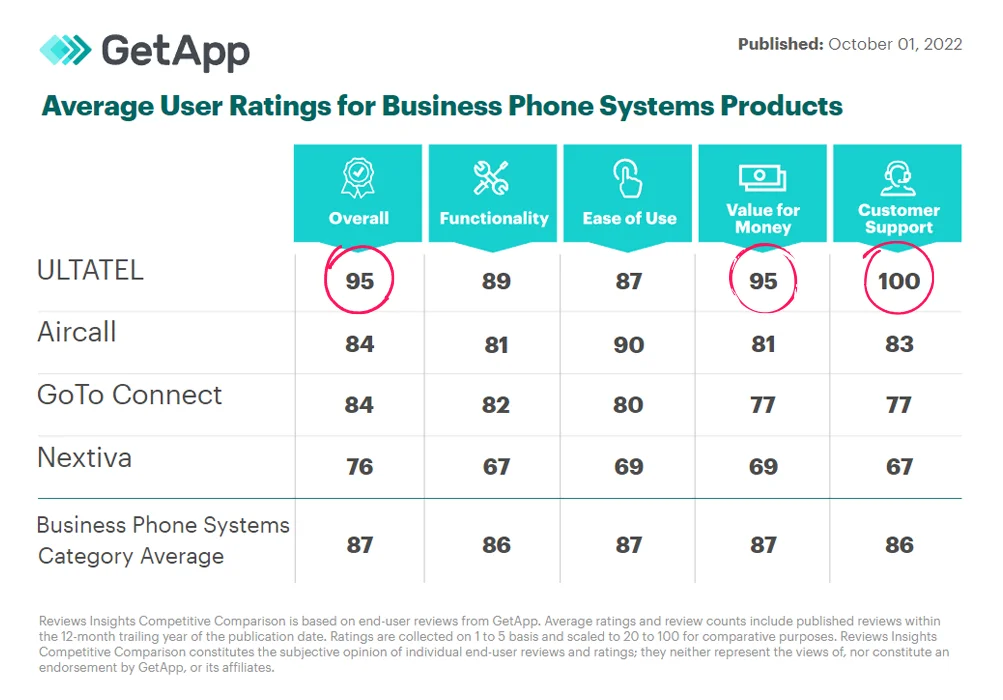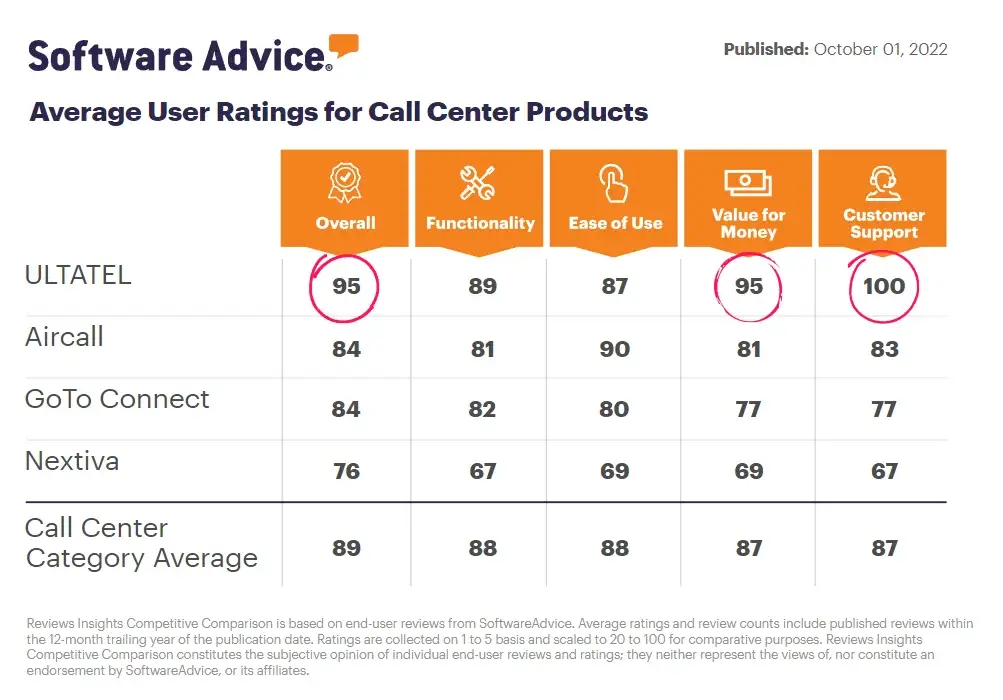What Are Cloud Contact Center Platforms?
Cloud contact center platforms are a type of software that allows businesses to manage customer interactions across multiple channels. These platforms often include features such as call routing, automated call distribution, and lead management.
Cloud contact center platforms can be used by businesses of all sizes, but they are often particularly beneficial for small and medium-sized businesses (SMBs) that do not have the resources to invest in on-premise contact center solutions.
How Do Cloud Contact Center Platforms Work?
Cloud contact center platforms are typically delivered as a software-as-a-service (SaaS) solution, which means that they are hosted by the vendor and accessed by customers via the internet. This delivery model has a number of benefits, including reduced upfront costs, scalability, and increased flexibility.
Some of the most popular cloud contact center platforms on the market today include ULTATEL, Five9, RingCentral, and 8×8.
What Are the Benefits of Cloud Contact Center Platforms?
There are a number of benefits associated with using cloud contact center platforms, including reduced upfront costs, scalability, and increased flexibility.
Cloud contact center platforms are typically more cost-effective than on-premise solutions because they do not require businesses to make a large upfront investment in hardware and software.
Additionally, cloud contact center platforms are often subscription-based, which means that businesses only pay for the features and capacity that they need.
What Are the Drawbacks of Cloud Contact Center Platforms?
One of the biggest potential drawbacks is that businesses may not have as much control over their data if it is stored off-site by the vendor. Additionally, businesses may need to rely on the vendor for support and maintenance.
Another potential drawback is that businesses may need to have a reliable internet connection to access cloud contact center platforms. If the internet connection is not reliable, businesses may experience disruptions in service.











